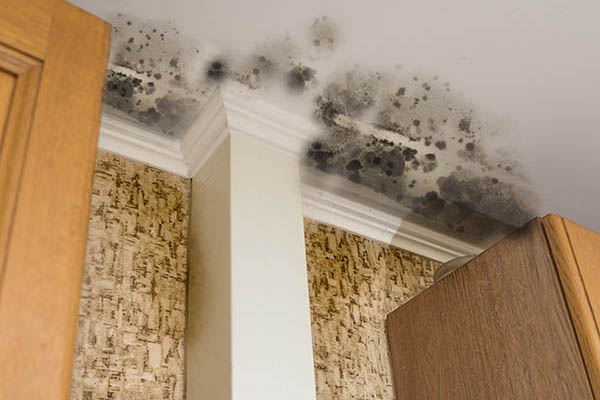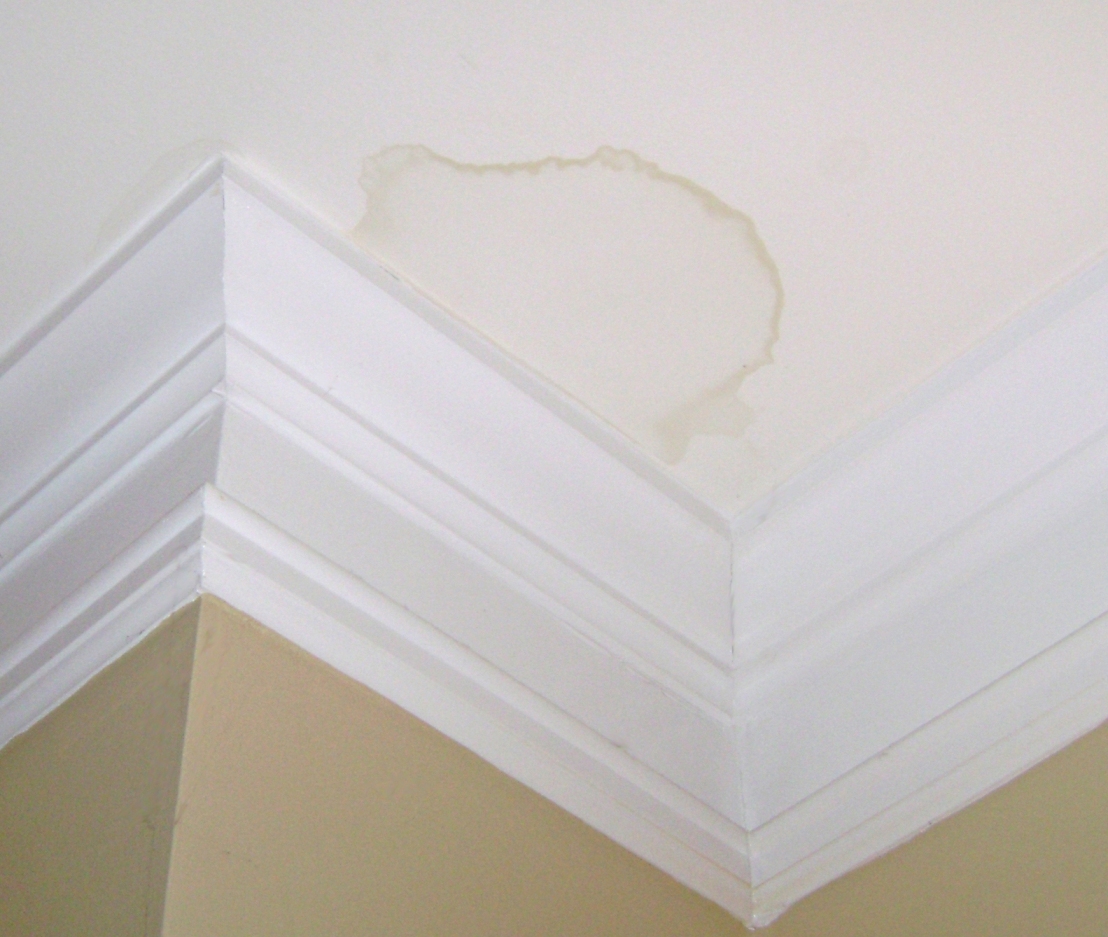Find and Repair a Water Stain on Walls: Easy-to-follow Tutorial
Find and Repair a Water Stain on Walls: Easy-to-follow Tutorial
Blog Article
The publisher is making several good points relating to Indicators of Water Damage Behind Walls overall in this article just below.

Water discolorations on walls are not enjoyable to the eyes. Your residence must be without stains on the wall surfaces, roof, or floors. That is the perfect state of a house as well as its structures. Occasionally it appears nearly unavoidable to experience water discolorations on walls in houses.
Home owners residing in moist regions constantly handle the concern of water stains on wall surfaces. However that doesn't need to hold true for you. With well-rounded and also precise info on the sources of water spots and also timely repair service procedures, you will constantly be an action ahead of such occurrences. This write-up guarantees to be a practical guide for you.
3 Usual Causes of Water Stains on Walls
Contrary to popular belief, water spots on walls do not constantly come from bad building materials. There are a number of sources of water discolorations on walls. These include:
Poor Drainage
This will certainly protect against water from permeating into the walls. This links to excessive wetness that you observe on the walls of your building.
So, the leading source of wet wall surfaces, in this instance, can be a poor water drainage system. It can additionally be due to poor monitoring of sewage pipes that go through the structure.
Moist
When hot moist air meets with completely dry cool air, it triggers water droplets to form on the walls of structures. This happens in washrooms as well as kitchen areas when there is steam from food preparation or showers. The water droplets can discolor the surrounding walls in these parts of your home and also spread to other locations.
Moist or condensation influences the roofing and walls of structures. When the wall is damp, it develops a suitable setting for the growth of fungis and also microorganisms.
Pipeline Leaks
Many houses have a network of pipes within the wall surfaces. This guarantees that the pipelines are well away from the reach of damaging rats. It constantly increases the stability of such pipelines, as there is little oxygen within the walls. This discourages rust.
A drawback to this is that water leak influences the wall surfaces of the building and also creates widespread damage. A dead giveaway of damaged pipes is the appearance of a water tarnish on the wall.
Water Stains on Wall Surface: Repair Work Tips
When dealing with water stains, property owners would generally desire a quick solution. They would certainly quickly realize this is detrimental as the water spots reoccur. Right here are a couple of helpful ideas that will certainly direct you in the repair work of water spots on wall surfaces:
Pro Tip
A houseplant in your house additionally enhances its moisture. So, if your home is currently damp, you might intend to introduce houseplants with marginal transpiration. An instance of appropriate houseplants is succulents.
Conclusion
No one desires to have water discolorations on walls in their home, it can happen to the ideal of us. This article provides you utilize, as you now know exactly how to handle this mishap if it does take place.
It is constantly best to recruit professional solutions to assist take care of the problems in your house.
In some cases it seems virtually unpreventable to experience water discolorations on wall surfaces in homes.
Contrary to popular belief, water discolorations on wall surfaces do not always stem from bad structure materials. There are numerous reasons of water spots on wall surfaces. The water beads can tarnish the bordering wall surfaces in these parts of your residence and also spread to other locations.
Right here are a few handy ideas that will direct you in the repair service of water spots on wall surfaces:
CHECKING FOR WATER DAMAGE
Water damage can be costly, and it may begin before you even notice the first signs of trouble. Water damage can cause mold and mildew in your walls and floors, which can create an abundance of health concerns for your family. It can also lead to costly repairs of various appliances and general home fixtures. To avoid the pricey consequences of water damage, here are Warner Service’s top 5 places you should check:
The walls – The easiest place to spot the beginnings of water damage is on the walls and ceilings of your home. If water damage is present, there will most likely be water stains, especially around the windows and doorframes, and/or cracks in the drywall. If a stain looks unusual (discolored to brown, black or gray, raised texture), has a swollen appearance or is soft to the touch, contact a professional immediately. The pipes – To avoid water damage, consistently check the pipes in your kitchen (especially the dishwasher and ice maker), bathrooms, laundry room (specifically washing machines) and basement for corrosion, leaks and water stains. Pay special attention to where the pipes connect in your home and the location of caulking around the bathroom fixtures, including toilets, sinks, showers and tubs. Missing or loose caulking and grout could be signs of leaking water. This seepage can also quickly cause mold and rust, so double check your water heater and tank for wet spots on the floor. The floor – Water damage is very easy to spot on the floor. Look for any warping or buckling of the material, especially in the basement. If your home has wood flooring, look for bright white or dark stains. If your home has carpeting, keep it dry and clean. A damp carpet that smells of mold could cause water damage and health problems. To avoid this, consider installing floor pans under your appliances to help prevent damages from small, slow and undetected leaks. The basement and attic – If your basement or attic smells odd check for mold and mildew around the area, especially the valley where the roof meets. While you are inspecting those areas, check for wall cracks, floor stains, rust and dampness in the insulation. If you live in a colder and/or rainier climate, perform routine checks for water damage from melting snow or ice and rain. The exterior – Check the roof for damaged flashing and missing, cracked or curled shingles. There should also be no standing water anywhere outside your home. This could be caused by puddles, leaky rain gutters or hoses, poor drainage, or short gutter spouts. Invest in a sump pump system or water flow monitoring system, and perform routine maintenance on these outdoor appliances to avoid indoor water damage.

I'm just very fascinated with Water Stains on Walls and I'm hoping you appreciated the new article. Sharing is caring. You won't know, you may just be helping someone out. Thank you for going through it.
Quality assured, call! Report this page